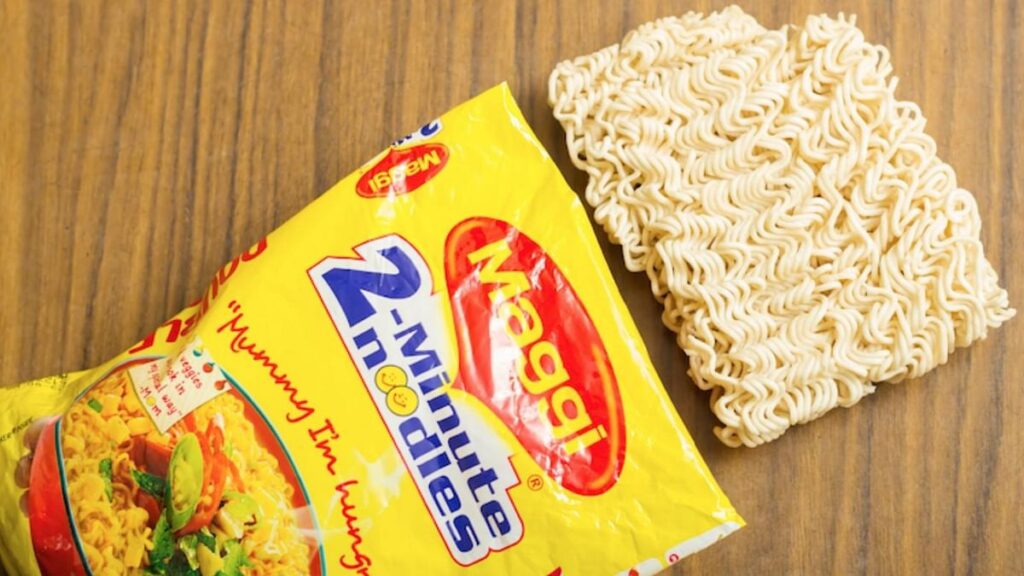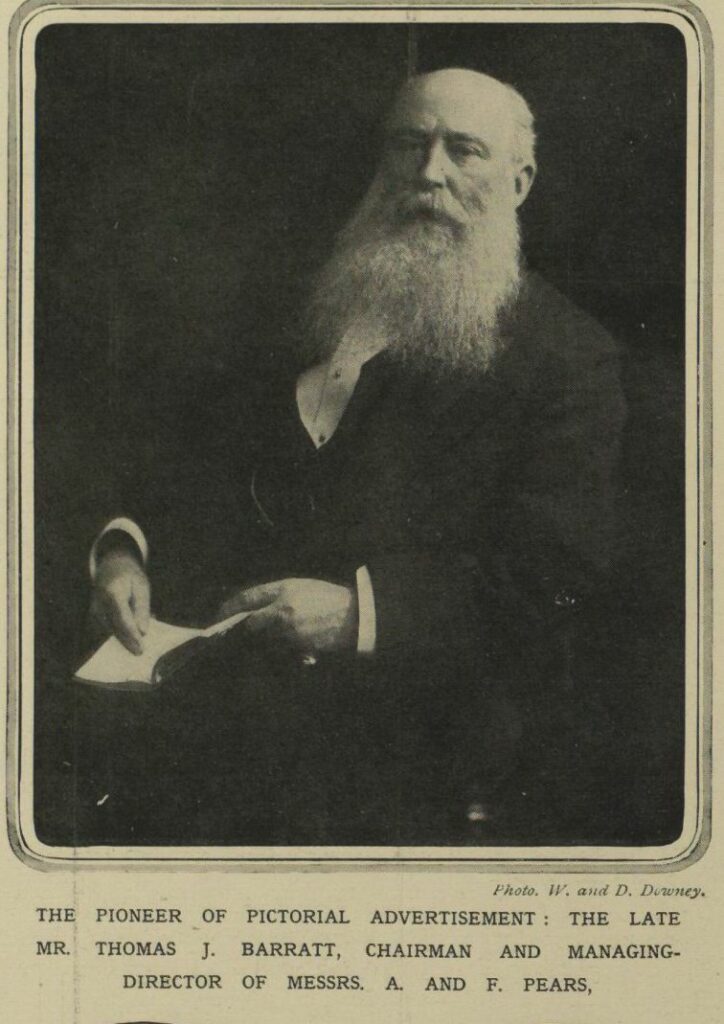Iconic Ads: Britannia Glucose D- Gabbar Ki Asli Pasand

Sholay was a blockbuster and Gabbar was a huge contributing factor. So there was a positive rub off from a negative character.
Circa 1976. Britannia Glucose-D was a biscuit targeted at children. Parle G was the go-to brand then and when customers asked for glucose biscuits, Parle G was the preferred choice.
To promote the brand and to create differentiation, it was decided, to use a film star.
Typically a superstar like Amitabh or Dharmendra would have endorsed the brand. But…
The story has it that Mubi Ismail of the film department of Lintas suggested to Britannia that they use Gabbar Singh & so did actress Maya Alagh who was coincidentally Group Product Manager Sunil Alagh’s wife. Initially, even Sunil was not enthused, as Gabbar represented the ‘bad.’ But Maya was insistent and she believed that kids would not remember the dialogues of the heroes (Amitabh & Dharmendra) but rather of Gabbar (Amjad Khan)
But not everyone else at Britannia was keen on such a revolutionary idea, including J B Singh – marketing director. Brands used film heroes, not villains to endorse, and certainly not a nasty villain that too for children’s products.
Moreover, film stars weren’t into brand endorsements in a big way at that time. When an image is everything, stars felt acting in advertising films was only meant for actors without work. And also advertising films lacked creativity. Rajesh Khanna did only one ad for Havells fans towards the end of his career. A villain as a brand ambassador was too contrarian.
However, research showed that there were no negatives associated with Gabbar or Amjad Khan. With a lot of persuasion from Sunil and a visit to the theatre with Singh followed by a dinner (with their wives), the go-ahead was given.
The script for the film was written by Javed Akhtar (who had co-written Sholay) and it was he who suggested exactly where to showcase the product. He also suggested that the first scene of ‘Kitne Aadmi The’ be used.
The script in hand, Alagh went to Lintas. The film was directed by Kailash Surendranath.
Amjad was surprised that he was approached. But he knew he had become a celebrity, and he was delighted. He coordinated with the Sholay production team for the authentic costumes. Even Ramesh Sippy, the director of Sholay helped too. Mac Mohan and Viju Khote were also brought in to make the film look even more authentic. It was shot at a stone quarry just outside Mumbai.
Amjad Khan was paid roughly Rs 40,000 for the 60-second television commercial. The film was screened in 500 – 600 cinema theatres in colour but in black and white on television as the transmission was still in black and white.
Being a kind soul, Amjad gave away all this money to charity! And he also found it embarrassing to be associated in such a way highlighting Gabbar.
Alagh came up with the idea for the line “Gabbar ki asli pasand.” For the print and outdoor ads, the one-liner was prepared in both Hindi and English. During filming, a Lintas photographer snapped this picture.
The response was fantastic. There was a huge buzz. Sales doubled and people came to theatres just to watch this TVC.
The ad lightened Gabbar up. He was used in a light-hearted manner in contrast to his ‘bad’ portrayal in the movie. The kids loved it.
This film opened the floodgates to endorsements of brands by film stars. Many of them decided to hop onto the bandwagon.



